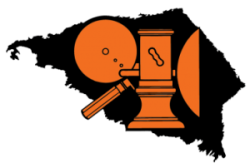Whalan, Charles Jr. & Whalan, James
(c. 1811-1885) (c. 1806-1854)
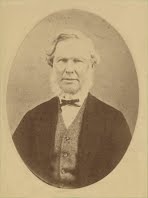
There is much debate, whether Charles Whalan or his elder brother James Whalan first discovered Jenolan Caves. Different sources state one or the other of these brothers. The year of discovery (and method) is believed to be 1838 however this varies depending on the source.
It is known that James Whalan married Lydia Dargin and they settled in Ginkin, NSW. Charles Whalan Jr married Elizabeth Harper from Glen Morganshire, Wales in 1836. 1837 saw them settle on a 2000 acre property at Bullocks Flat now known as Oberon. The farm was named Glyndwr, welsh word (pronounced ‘Glendor’) by Elizabeth .
Once the caves were discovered the brothers, accompanied by other interested parties, began to frequent the caves exploring their majesty and splendour. Word of this wondrous and exhilarating place spread throughout the district, was written about in the Bathurst Advocate and news of it eventually finding its way to Sydney.
The publics’ interest had been tweaked and it wasn’t long before travellers were finding their way to Tarana or Bathurst either by horseback or bullock transport. During the 1850’s and 1860’s, in order to view the caves they would call upon the Whalans at Glyndwr and one of the honoury guides would take them to the caves and show them through.
Wilson, Jeremiah
(c. 1839 – 1907)
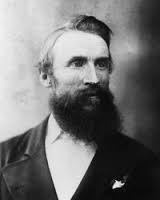
Born at Enniskillen on Lough Erne, Northern Ireland arriving in Australia in 1842 and died at Woollahra aged sixty eight, on November 3rd 1907. He was appointed the first Keeper of the Caves in 1866 and remained in that role till 1896 when he became known as Official Explorer until his retirement in 1900.
The following notice appeared in the Government Gazette on the 8th March 1867:
Parties wishing to visit the Binda Caves are requested to intimate their intentions to Jeremiah Wilson, who has been appointed Keeper of the Caves.
He married Lucinda Beattie at O’Connell in 1868 and they worked a farm named Lucindale 30km from Jenolan on the Fish River Creek. While Jeremiah took his caretakers role seriously and spent as much time at he caves as possible this was a time when the caves were ravaged of many their formations. He applied for a land grant and was given two acres in October 1878 to build a guest house and live onsite to better supervise the caves and their preservation.
He built the first guest accommodation, which he ran with his wife Lucinda, but was later destroyed by fire.
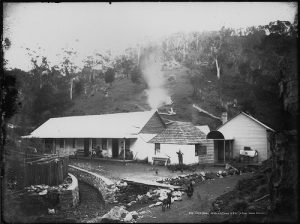
Wiburd, James Carvosso
(c. 1866 – 1942)
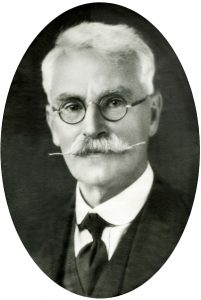
Born on 21st November 1866 at Bathurst N.S.W. Died at the age of seventy five at Darlinghurst, a suburb of Sydney, on October 22nd 1942.
He was employed as a casual guide at Jenolan Caves, N.S.W. in 1885 and guided there for almost 50 years. He became Superintendent of the Caves (chief guide) in 1903 and remained in that position until he retired in 1932. Known as the “Cave’s loving guardian” he fought to preserve the natural beauty from unsympathetic construction. He was the discoverer of the River Cave, Pool of Cerberus Cave and the very ornate Temple of Baal, Orient, and Ribbon Caves. In 1903 Wiburd and his fellow explorer Jack Edwards discovered the underground passageway of the Styx River. Jeremiah Wilson had previously located a section of this river and Wiburd hitting on it again was in a position to solve the riddle of where the river went. By a series of further exploration and diggings they discovered the exit tunnel where the river flows out of the limestone belt. During his time there he made many notable discoveries and was an expert on the development of caves. His advice and assistance on the development of limestone caves were sought by other States in Australia. He also visited a number of caves overseas. After his retirement he gave talks and illustrated lectures on Jenolan Caves, especially around the Sydney area.
